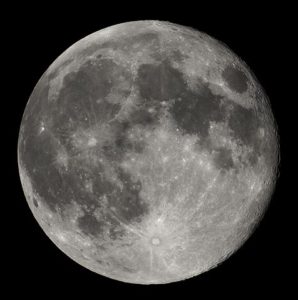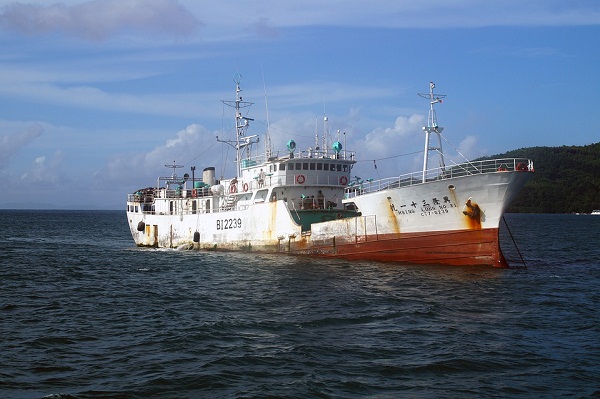
NASA has announced that it has found the India’s lost lunar spacecraft Chandrayaan-1 that is still orbiting the moon.
Chandrayaan-1 was launched by Indian Space Research Organisation (ISRO) on October 22, 2008 from the Satish Dhawan space centre at Sriharikota, about 100 km from Chennai. The spacecraft was launched using Polar Satellite Launch Vehicle (PSLV) C-11. The spacecraft worked as per plans initially, but then it stopped sending radio signals in August 2009, and later ISRO declared the mission over.
NASA was able to find the spacecraft using new interplanetary radar technology pioneered by scientists at NASA’s Jet Propulsion Laboratory in Pasadena, California. NASA has been using the technology to observe asteroids several million miles from Earth.
Chandrayaan-1 spacecraft is cubical in shape, about 1.5 meters on each side, and NASA scientists say the spacecraft proved to be the perfect target for demonstrating the capability of this technique.
“A new technological application of interplanetary radar pioneered by scientists at NASA’s Jet Propulsion Laboratory in Pasadena, California, has successfully located spacecraft orbiting the moon – one active, and one dormant. This new technique could assist planners of future moon missions,” a recent NASA report said.
“We have been able to detect NASA’s Lunar Reconnaissance Orbiter (LRO) and the Indian Space Research Organisation’s Chandrayaan-1 spacecraft in lunar orbit with ground-based radar,” said Marina Brozovic, a radar scientist at NASA’s Jet Propulsion Laboratory in Pasadena, California, and principal investigator for the test project.
“Finding LRO was relatively easy, as we were working with the mission’s navigators and had precise orbit data where it was located. Finding India’s Chandrayaan-1 required a bit more detective work because the last contact with the spacecraft was in August of 2009,” she added.
“It turns out that we needed to shift the location of Chandrayaan-1 by about 180 degrees, or half a cycle from the old orbital estimates from 2009,” said Ryan Park, the manager of JPL’s Solar System Dynamics group, who delivered the new orbit back to the radar team.
“But otherwise, Chandrayaan-1’s orbit still had the shape and alignment that we expected.”
“The Chandrayaan-1 mission performed high-resolution remote sensing of the moon in visible, near infrared (NIR), low energy X-rays and high-energy X-ray regions. One of the objectives was to prepare a three-dimensional atlas (with high spatial and altitude resolution) of both near and far side of the moon. It aimed at conducting chemical and mineralogical mapping of the entire lunar surface for distribution of mineral and chemical elements such as Magnesium, Aluminium, Silicon, Calcium, Iron and Titanium as well as high atomic number elements such as Radon, Uranium and Thorium with high spatial resolution,” an ISRO report had stated.

